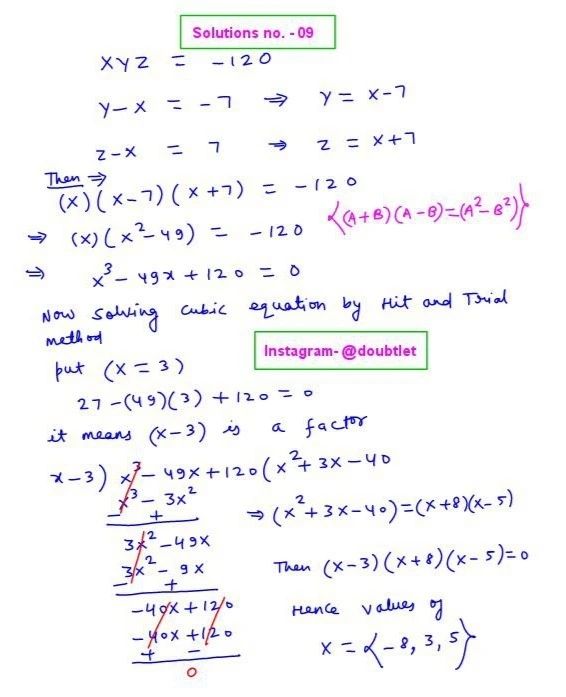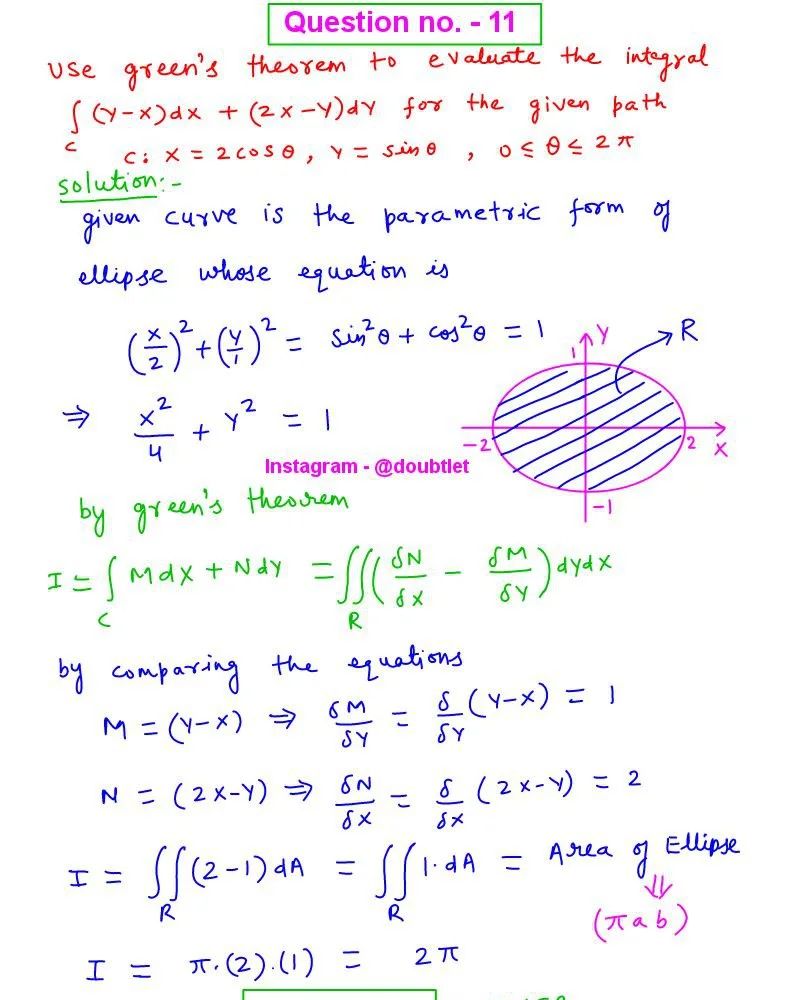









Mode Calculator
This calculator will help you to obtain the Mode of the given values with steps shown.Related Calculators:Mean CalculatorMedian Calculator

Neetesh Kumar | December 09, 2024
Share this Page on:
![]()
![]()
![]()
![]()
![]()
- 1. Introduction to the Mode Calculator
- 2. What is the Formulae used
- 3. How do I find the Mode?
- 4. Why choose our Mode Calculator?
- 5. A Video for explaining this concept
- 6. How to use this calculator?
- 7. Solved Examples on Mode
- 8. Frequently Asked Questions (FAQs)
- 9. What are the real-life applications?
- 10. Conclusion
1. Introduction to the Mode Calculator
The mode is a statistical measure that identifies the value(s) that appear most frequently in a dataset. It is particularly useful in summarizing categorical data or understanding trends in numerical data. With our Mode Calculator, you can calculate the mode for ungrouped or grouped data in just a few clicks.
2. What is the Formulae used?
To calculate the mode of a dataset:
- For Ungrouped Data: The mode is the value that occurs most frequently.
- For Grouped Data: The mode is calculated using the formula:
Where:
- : Mode
- : Lower boundary of the modal class
- : Frequency of the modal class
- : Frequency of the class preceding the modal class
- : Frequency of the class following the modal class
- : Class width
This formula is particularly useful when analyzing grouped data.
3. How do I find the Mode?
For Ungrouped Data:
- Count the frequency of each value in the dataset.
- Identify the value(s) with the highest frequency.
- If one value appears most frequently, it’s unimodal.
- If two or more values appear with the same highest frequency, the dataset is bimodal or multimodal.
For Grouped Data:
- Identify the modal class (the class interval with the highest frequency).
- Apply the formula for grouped data to calculate the mode.
While manual calculations can be tedious, our Mode Calculator simplifies both methods for you.
While this process might seem straightforward, it becomes cumbersome with large datasets. That’s where our Harmonic Mean Calculator comes to the rescue!
4. Why choose our Mode Calculator?
Our calculator page provides a user-friendly interface that makes it accessible to both students and professionals. You can quickly input your square matrix and obtain the matrix of minors within a fraction of a second.
Our calculator saves you valuable time and effort. You no longer need to manually calculate each cofactor, making complex matrix operations more efficient.
Our calculator ensures accurate results by performing calculations based on established mathematical formulas and algorithms. It eliminates the possibility of human error associated with manual calculations.
Our calculator can handle all input values like integers, fractions, or any real number.
Alongside this calculator, our website offers additional calculators related to Pre-algebra, Algebra, Precalculus, Calculus, Coordinate geometry, Linear algebra, Chemistry, Physics, and various algebraic operations. These calculators can further enhance your understanding and proficiency.
5. A video based on how to Evaluate the Mode.
6. How to use this calculator
Using the Mode Calculator is simple and straightforward:
- Input your dataset (ungrouped values or grouped data).
- Click the "Calculate" button.
- View the mode result(s) instantly.
The tool is intuitive and guides you at every step, making it accessible for all users.
7. Solved Examples on Mode
Example 1: Ungrouped Data
Find the mode of the dataset: .
Solution:
The frequency of each value is:
- : time
- : times
- : time
- : times
- : time
The mode is the value with the highest frequency, which is .
Example 2: Grouped Data
Class intervals:
Frequencies:
The modal class is (highest frequency: ).
Using the formula:
The mode is .
8. Frequently Asked Questions (FAQs)
Q1. Can a dataset have no mode?
Yes, if no value repeats in the dataset, it has no mode.
Q2. Can a dataset have more than one mode?
Yes, datasets can be bimodal (two modes) or multimodal (more than two modes).
Q3. Is this calculator free?
Yes, our Mode Calculator is completely free to use.
9. What are the real-life applications?
The mode is widely used in:
- Market Research: Identifying the most popular product or choice.
- Education: Analyzing frequently scored grades or marks.
- Healthcare: Determining the most common medical conditions or treatments.
- Economics: Identifying frequently occurring price points.
The mode helps summarize and interpret data efficiently in various fields.
10. Conclusion
The mode is a vital statistical measure for analyzing trends and patterns in a dataset. With our Mode Calculator, you can quickly and accurately determine the mode for both ungrouped and grouped data. Try it now and experience effortless calculations!
If you have any suggestions regarding the improvement of the content of this page, please write to me at My Official Email Address: doubt@doubtlet.com
Are you Stuck on homework, assignments, projects, quizzes, labs, midterms, or exams?
To get connected to our tutors in real time. Sign up and get registered with us.
Arithmetic Mean(Average) Calculator
Geometric Mean Calculator
Harmonic Mean Calculator
Percentile calculator
Median Calculator
Lower Quartile Calculator
Upper Quartile Calculator
Comments(0)













Leave a comment